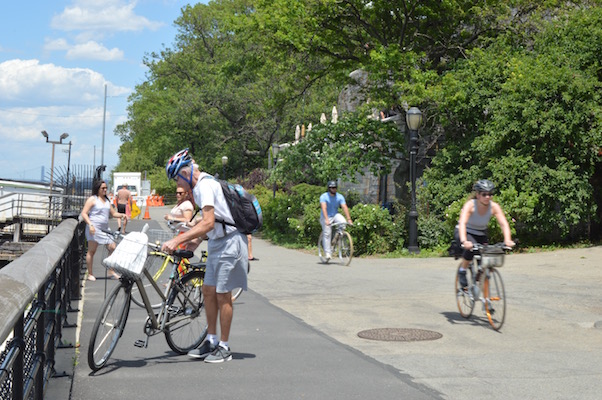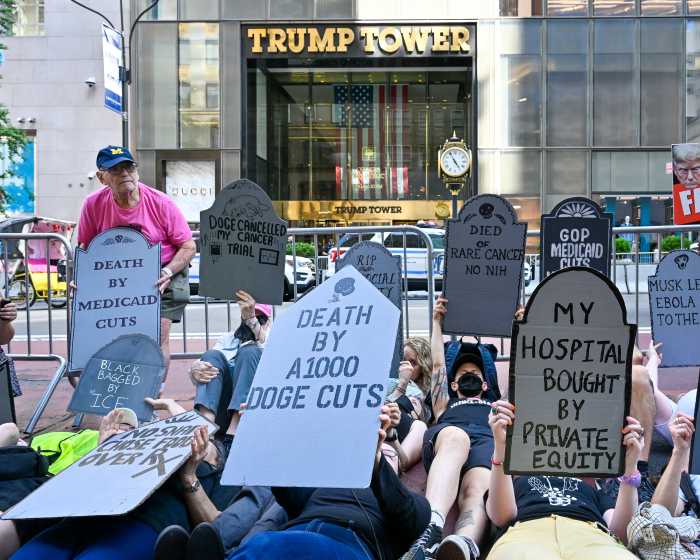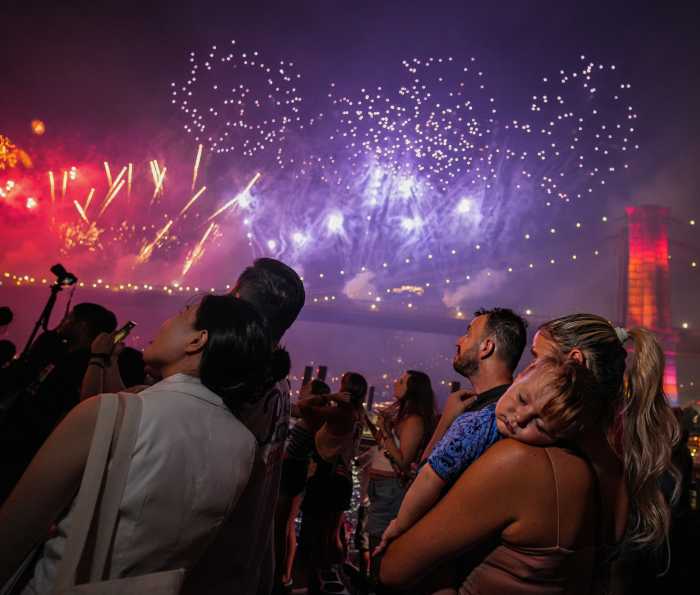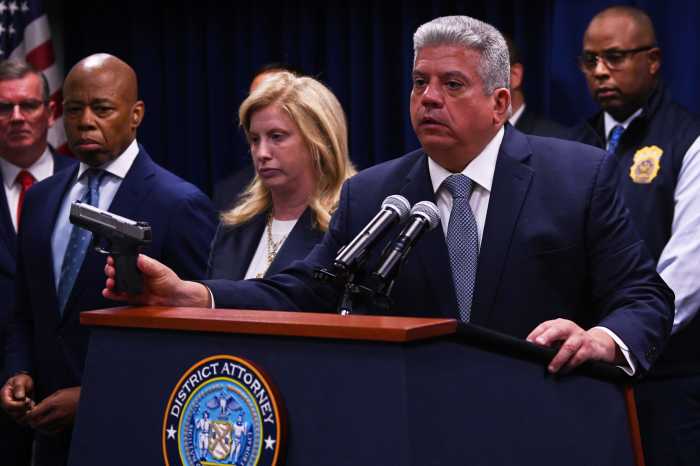
BY JACKSON CHEN | Community Board 7’s Parks Committee has expressed support in concept for the Department of Parks and Recreation’s master plan for the four-mile long Riverside Park.
However, the committee made clear it was not approving or voting on any specific projects included in the 166-page plan, including the separation of bicyclists and pedestrians, until the projects themselves come in front of the committee individually in the future.
The master plan, developed by Parks Department’s principal urban designer, Charles McKinney, would detail future improvements for the park that stretches from West 72nd to 158th Streets and overlooks the Hudson River.
“It has its flaws and that’s what we’re going to work on,” McKinney said of the park’s current status. “The reason we do a master plan is because we get money from elected officials every year and we need to know what to ask for.”
According to McKinney, the primary goals of the master plan were cultivated from community concerns, and much of the feedback received mentioned the desirability of a separate bike path. The Parks Department designer said the bicycle route has become very popular and there are often conflicts with pedestrians and sometimes with their children or pets.
The conceptual master plan also roughly details several major projects, including the restoration of the West 79th Street Rotunda and the Soldiers’ and Sailors’ Monument on West 89th Street, a reconstruction of Cherry Walk — a stretch of the park filled with cherry trees from West 100th to 125th Streets — and most prominently, the separation of cyclists and pedestrians with a new wooded and hilly bike path.
While the board was reserved in speaking about specific projects, the path separation with the current walkway becoming solely a pedestrian path and a new bicycle path being created more inland was on many committee members’ minds.
According to committee member Ken Coughlin, the conflicts between cyclists and pedestrians happen most frequently during peak use times, like in the summer or on weekends.
“It seems like an every time solution for a sometimes problem,” Coughlin said. “I think it’s better served as an alternative path during peak hours when it’s necessary.”
Coughlin added that cyclists generally prefer taking a more flat, straight route, like the one currently provided. Despite the scenery offered with the wooded bike path, he added, users might consider it less safe with higher chances for debris and the need for more snow removal.
In contrast, committee member Meisha Hunter Burkett felt the safety improvements were necessary because of the constant threat of collisions.
“Oftentimes, I’m almost hit by bicyclists,” Burkett said. “It happens so frequently, I feel like my life is in somebody else’s hand.”
Despite these competing observations, the committee concluded it was not time to support or vote on any specific projects until the master plan is more fleshed out and items come in front of it individually.
“We [focused] on the organizational goals and vision for this,” Burkett said, “with a commitment to working with [McKinney] and Parks as specific items get further developed in their concept stage.”


































